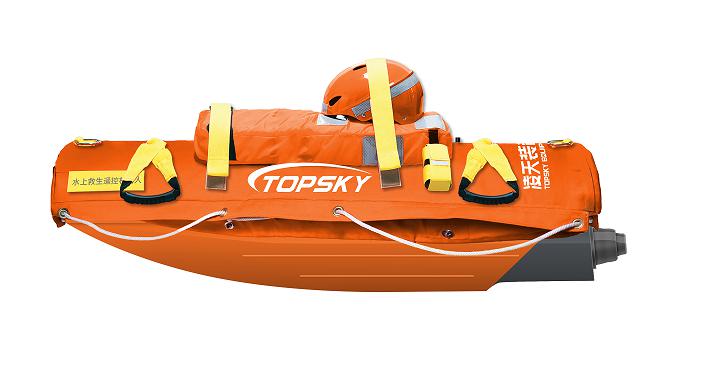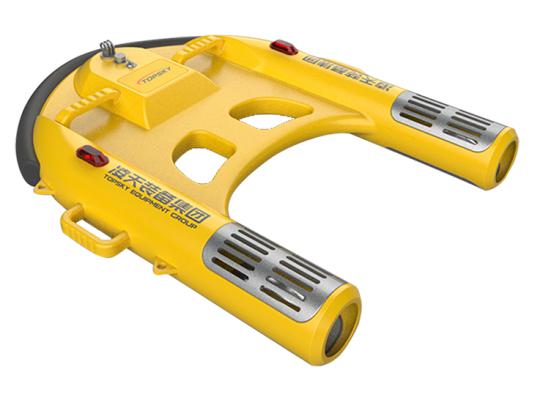Technical Background
Flood disasters are one of the most serious natural disasters in our country. With the development of science and technology, people have more countermeasures. The number of collapsed houses and deaths due to floods in my country is generally on the decline. Since 2011, the number of people who died due to floods in my country has been below 1,000, which also proves that the power of floods remains unabated.
On June 22, 2020, the northern townships of Tongzi County, Zunyi City, Guizhou Province experienced strong regional rainfall. Heavy rains occurred in 3 townships. The heavy rain caused various towns in Tongzi County to be affected to varying degrees. According to preliminary investigation and statistics, 3 people were killed and 1 injured due to the collapse of houses caused by flash floods. 10,513 people were urgently transferred and 4,127 people needed emergency life assistance. Power outages and network signal interruptions in some towns and towns caused direct economic losses of 82.89 million yuan.
Water rescue is a rescue project with strong suddenness, tight time, high technical requirements, high rescue difficulty, and high risk. When rescuers go deep into the river to save people, they are at great risk and may lose the best time to save people. There are no obvious signs of falling on the water surface. They often need to search in a large area for a long time to find the drowning person. These factors increase the barriers to rescue in waters.
Current technology
Today, there are many types of water rescue equipment on the market, with increasingly sophisticated functions and high cost. However, it still has some shortcomings that have not been overcome. The following are some of the problems of the water rescue equipment itself:
1. Water rescue equipment thrown onto the water from a ship, shore, or airplane may roll over. Some water rescue equipment does not have the function of automatically flipping to the front, which delays rescue operations. Moreover, the ability to resist wind and waves is not good. If you encounter a wave of more than two meters, the life-saving equipment will be photographed underwater, which may cause loss of life and property.
2. When carrying out water rescue, it is very likely that foreign objects such as water plants, plastic garbage, etc. may entangle the trapped persons or life-saving equipment. The propellers of some equipment do not use a special protective cover, which cannot prevent foreign objects from entanglement with human hair, which will increase hidden dangers for rescue operations.
3. In terms of its own characteristics, the existing water rescue suits have poor comfort and flexibility, and the knees and elbows are not reinforced, which causes their protection and wearability to be weakened. The top of the zipper is not equipped with a velcro to fix the zipper, which is easy to slide down when the zipper is working underwater. At the same time, the zipper is not equipped with a zipper pocket, which is difficult to wear.
Water rescue remote control robot
ROV-48 unmanned search and rescue ship is a small, remote-operated, shallow water search and rescue robot for firefighting. It is specially used for water rescue in reservoirs, rivers, beaches, ferries, floods and other scenes.
Overall performance parameters
1. Maximum communication distance: ≥2500m
2. Maximum forward speed: ≥45km/h

Wireless remote control intelligent power lifebuoy

The wireless remote control intelligent power lifebuoy is a small surface rescue robot that can be operated remotely. It can be widely used in swimming pools, reservoirs, rivers, beaches, yachts, ferries, floods and other scenes for falling water rescue.
Overall performance parameters
1. Dimensions: 101*89*17cm
2. Weight: 12Kg
3. Rescue load capacity: 200Kg
4. The maximum communication distance is 1000m
5. No-load speed: 6m/s
6. Manned speed: 2m/s
7. Low-speed endurance time: 45min
8. Remote control distance: 1.2Km
9. Working time 30min
Features
1. The shell is made of LLDPE material with good wear resistance, electrical insulation, toughness and cold resistance.
2. Fast rescue throughout the entire journey: No-load speed: 6m/s; Manned (80Kg) speed: 2m/s.
3. It adopts a gun-type remote control, which can be operated with one hand, easy to operate, and can accurately remotely control the power lifebuoy.
4. Realize ultra-long-distance remote control over 1.2Km.
5. Support GPS positioning system, real-time positioning, faster and more accurate positioning.
6. Support one-key auto-return to home and auto-return to home beyond the range.
7. It supports double-sided driving and has the ability to rescue in big winds and waves.
8. It supports smart correction of the direction, and the operation is more precise.
9. Propulsion method: Propeller propeller is adopted, and the turning radius is less than 1 meter.
10. Using lithium battery, the low-speed endurance is more than 45min.
11. Integrated low battery alarm function.
12. High-penetration signal warning lights can easily realize sight positioning at night or in bad weather.
13. Avoid secondary injury: The front anti-collision protection strip prevents collision damage to the human body during the forward process.
14. Emergency use: 1 key boot, fast boot, ready to use when falling into the water.
Post time: Mar-10-2021

